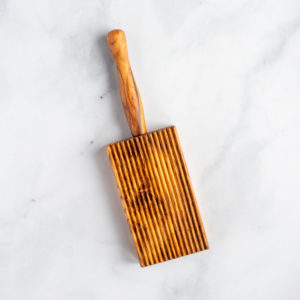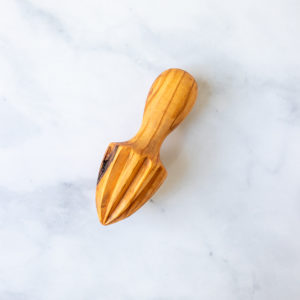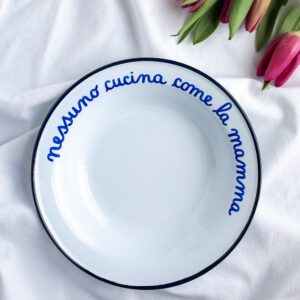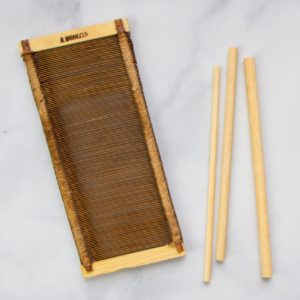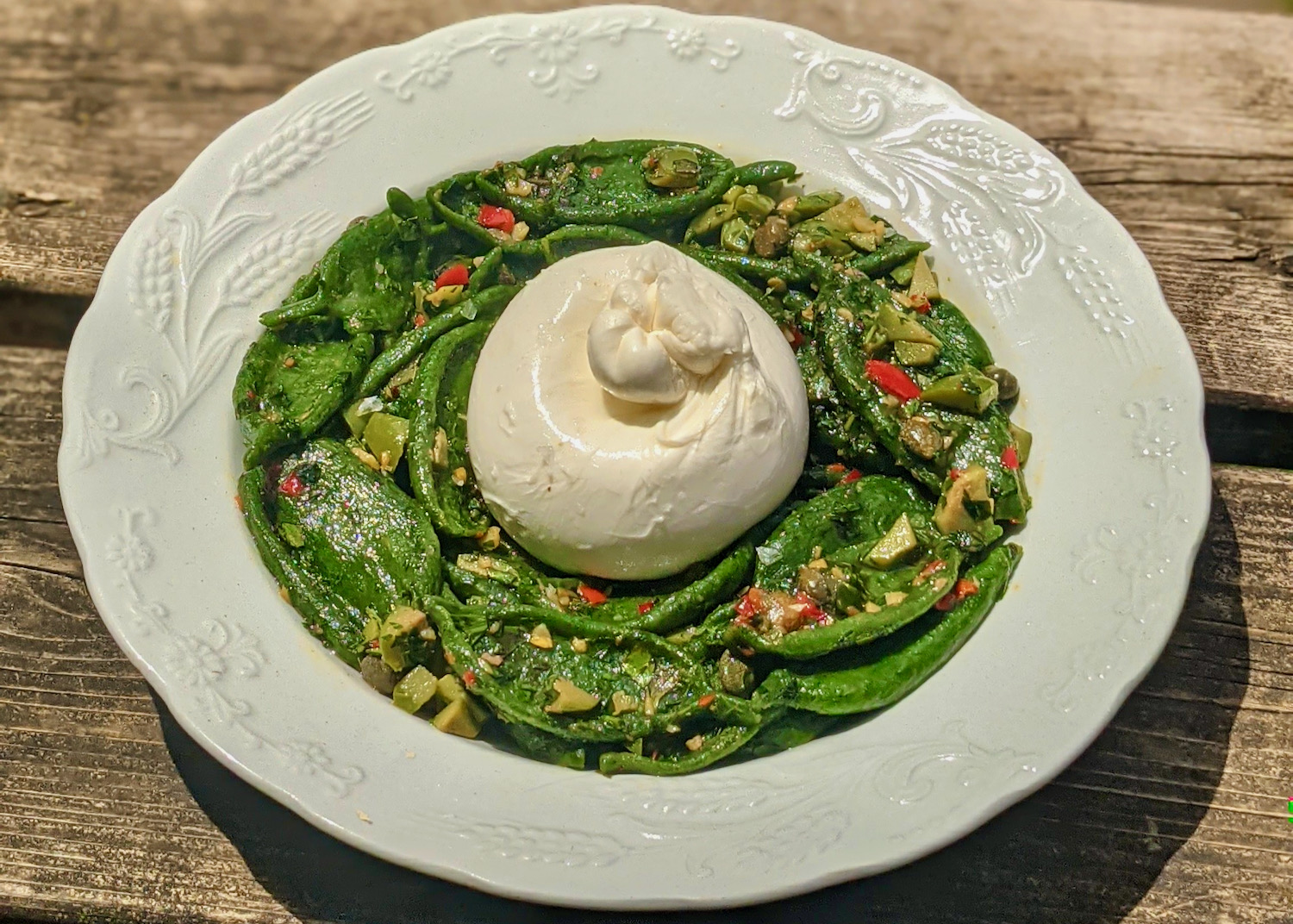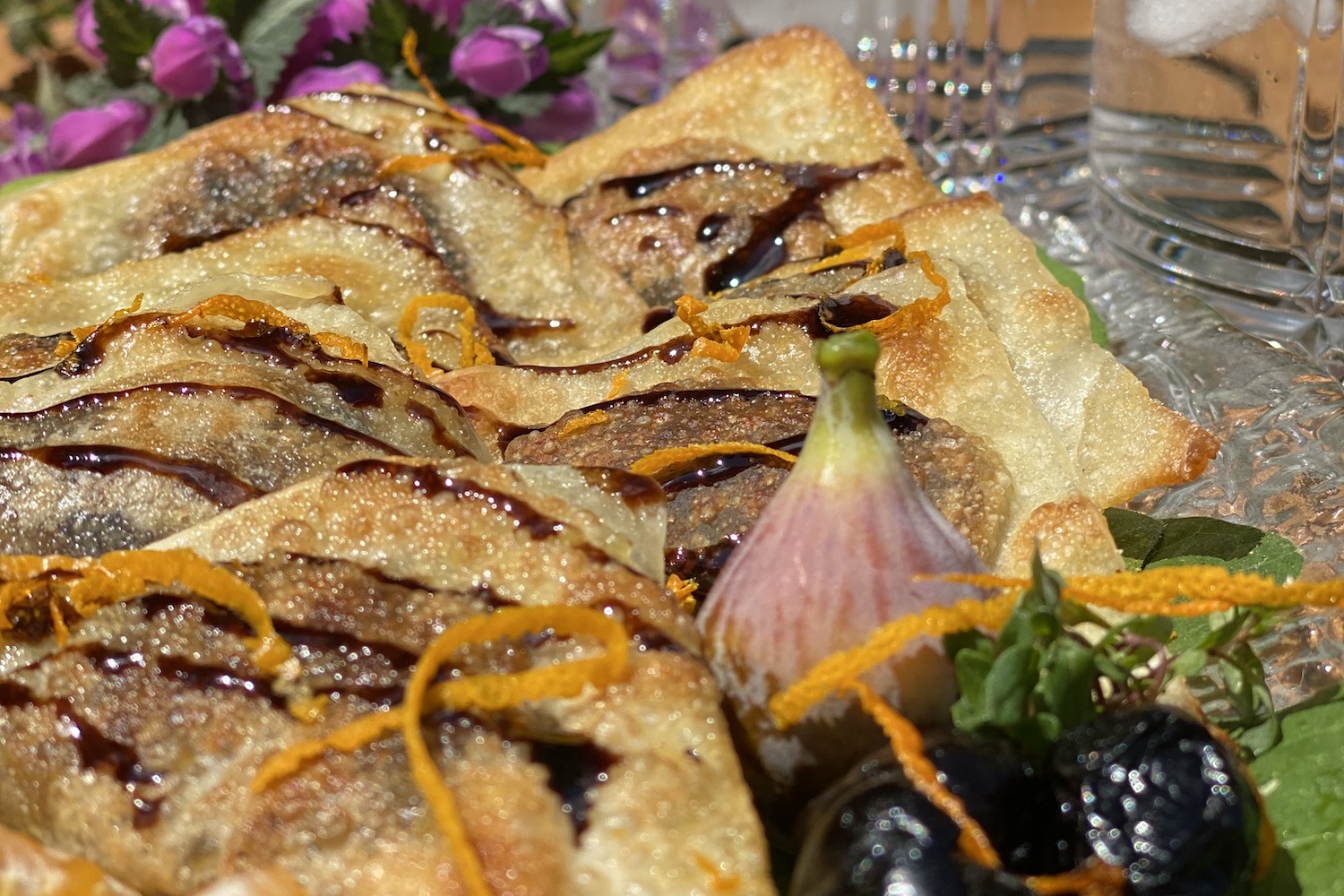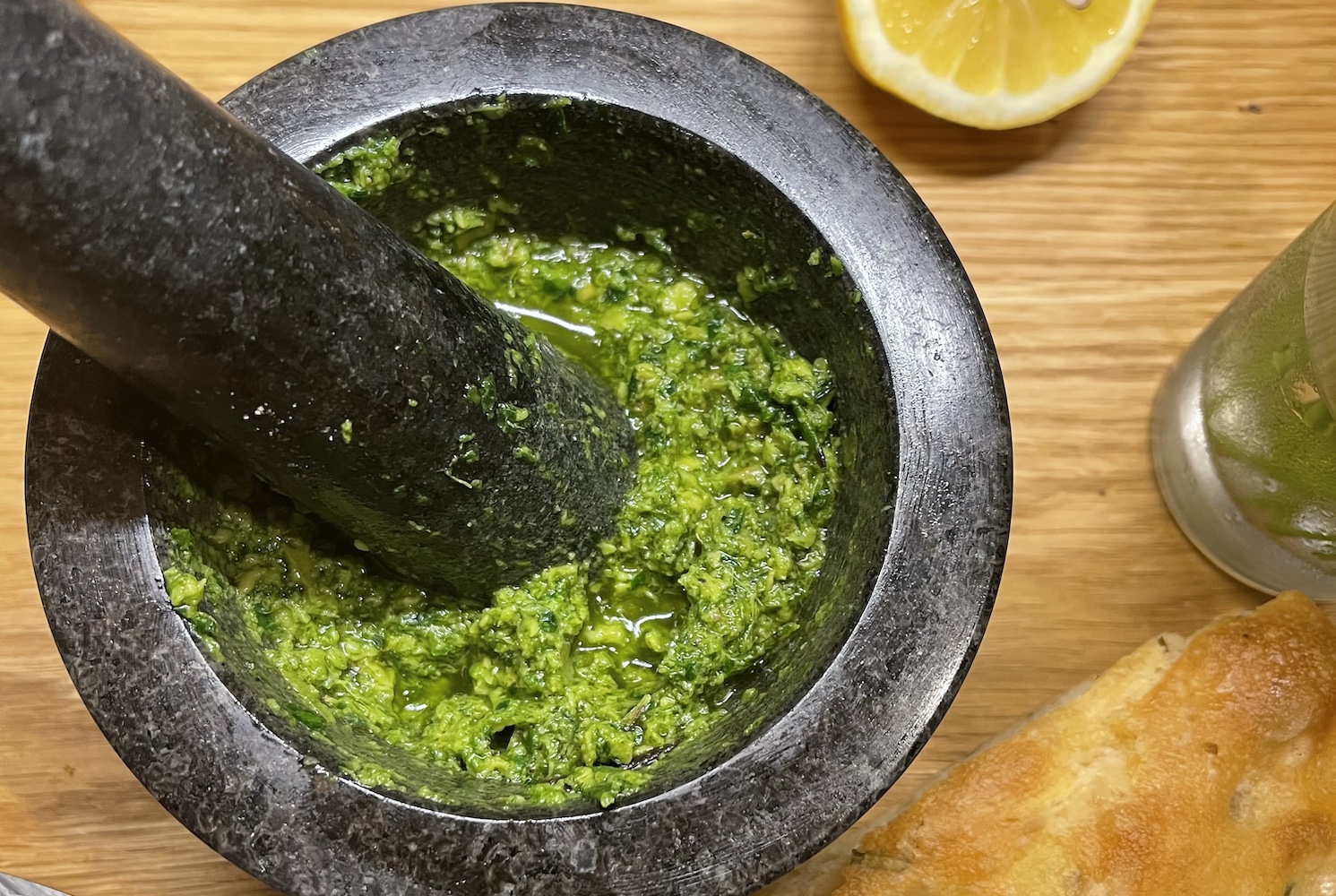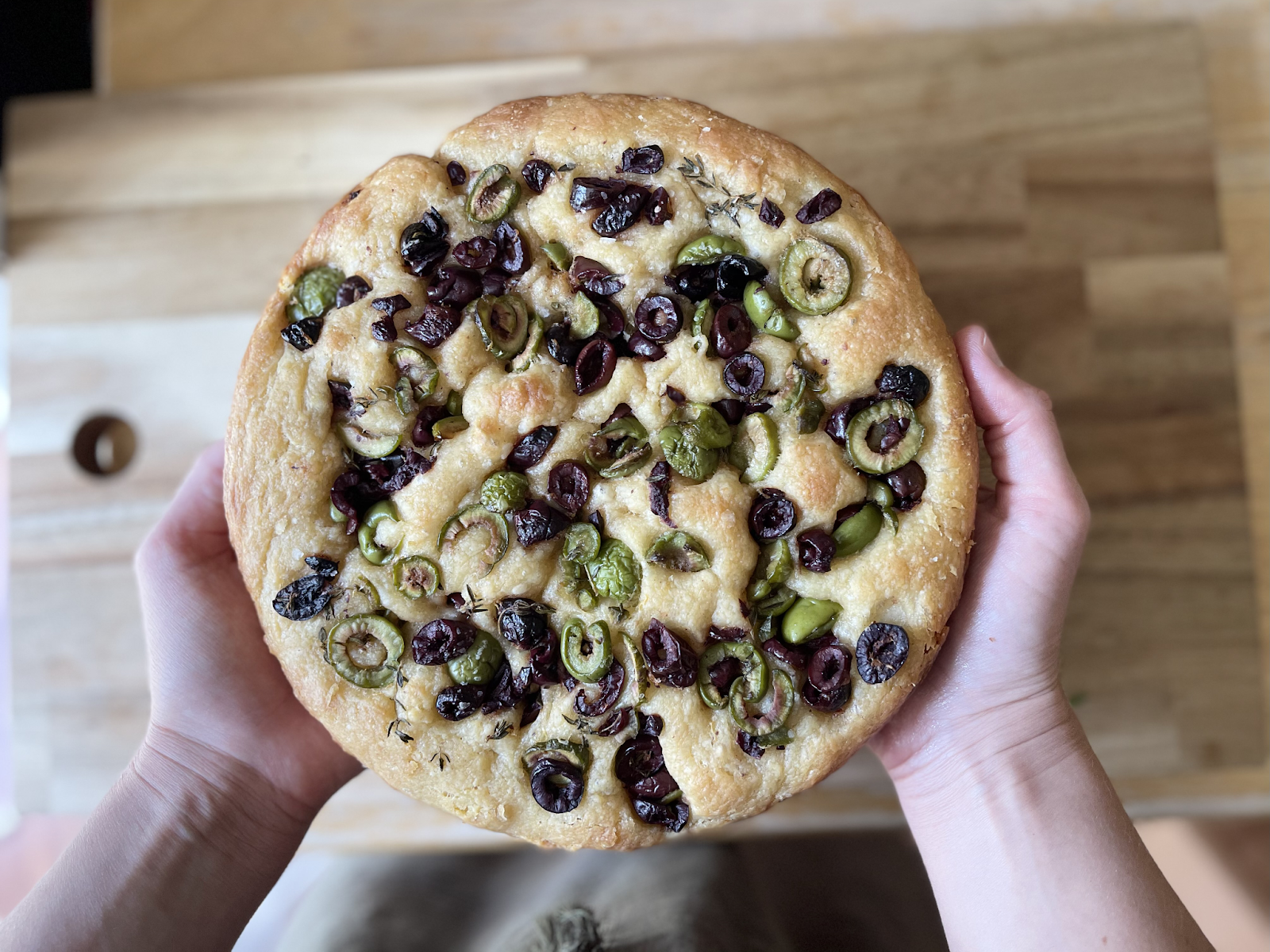
Sourdough Semolina Focaccia with Mixed Olives
Written by Alex Martinson
Sourdough has been a passion of mine for a few years, but when the pandemic hit I started really experimenting with different flours and different types of bread.
In particular, semolina flour has been a bit of an obsession of mine lately. Focaccia is typically made with all-purpose flour or bread flour, but I had been wanting to experiment with a sourdough loaf that included semolina flour in it. Focaccia has always had this special place in my heart. I was the only kid at the lunch table in elementary school whose mom packed focaccia “pizza” for lunch, which to this day is still one of my favorite lunches!
In southern Italy in the region of Puglia, specifically in Bari, focaccia barese is typically made with semolina flour. Durum wheat is grown in this region and is very plentiful. They also typically add a mashed potato to their dough to give it more body.
This recipe is a mix of both semolina and bread flour. The sourdough aspect needs the bread flour to give this bread strength. The semolina gives the focaccia this great nutty flavor that makes it pair even better with any pasta dish! The subtlety of the lemon really gives this focaccia a nice summer twist. If you have a toddler who loves olives like mine does, you might want to double the olive mix recipe because it is so delicious on its own that you may not have enough olives left to top your focaccia!
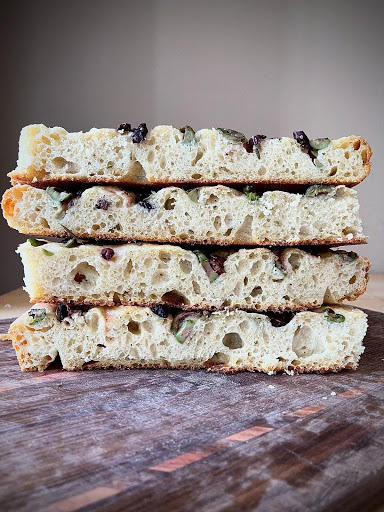
A few notes before you get started:
- The levain needs to be mixed the night before you plan on making the dough.
- For the most accurate measurements, I recommend using a kitchen scale for this recipe.
- The dough can be mixed by hand, but it is best to use a stand mixer. Since it is a very soft dough and is very sticky, it can be hard to mix by hand. A wooden spoon or spatula could be handy.
- Your ambient temperature will affect your rise time. If it is warmer in your kitchen, your dough may rise faster. If it is cooler, your dough may rise slower. You are aiming to double the size of your dough. Adjusting water temperature to accommodate your ambient temperature will help balance the rise time.
Storing Instructions:
This recipe freezes very well or can be stored in a plastic bag or container in the fridge after it cools.
Sourdough Semolina Focaccia with Mixed Olives
Serves 4-6
Active Prep time: 30 minutes
Cook time: 30 minutes
Total time: 10-12 hours or overnight for levain, 8 hours fermentation time on day 2, 30 mins cooking time
Ingredients
For the mixed olives:
1 cup mixed pitted olives sliced or halved (I used Kalamata and Castelvetrano)
2 tablespoons olive oil
Zest and juice from half of a lemon
4 sprigs of thyme, stems removed
For the sourdough semolina focaccia dough:
Levain build:
20 grams (1 tablespoon) starter
75 grams (½ cup) bread flour (strong flour- King Arthur or locally milled preferred)
25 grams (⅛ cup) whole wheat flour
100 grams (scant ½ cup) water
Final dough:
300 grams (1 ¾ cups) semolina flour
300 grams (2 cups) bread flour
200 grams (1 cup) starter
6 tablespoons olive oil
456 grams (2 cups) warm water
12 grams (2½ teaspoons) salt
2 tablespoons olive oil to grease pan plus additional to top the dough
Coarse sea salt to top
Method
To make the overnight levain:
The night before you plan to bake the bread, mix together your levain ingredients. Let rise at room temperature overnight or for about 10-12 hours.
To make the mixed olives:
Mix all of your ingredients together and set aside for at least 30 minutes.
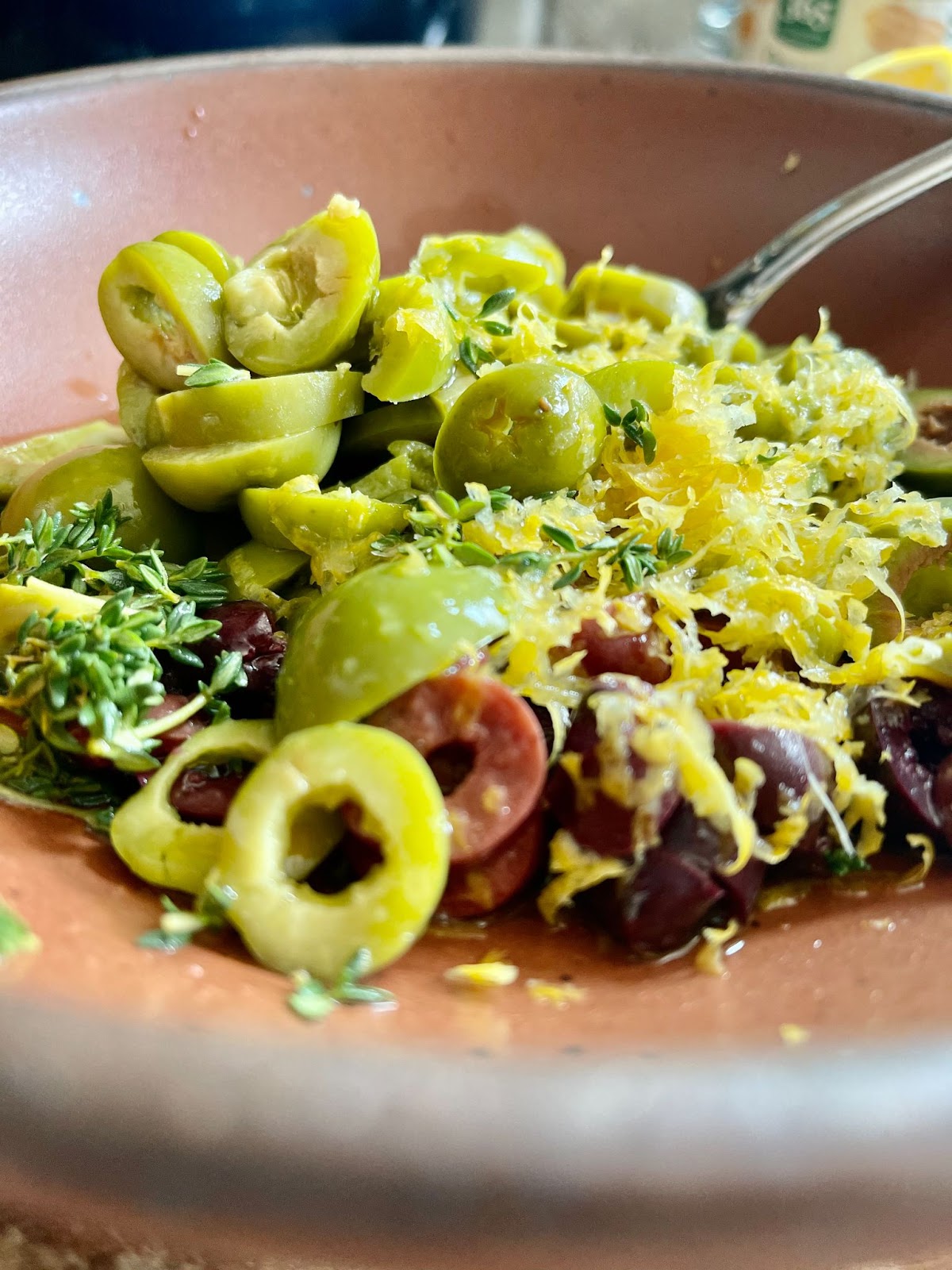
To make the focaccia dough:
Add your water, oil, and levain to your stand mixer. If your kitchen is colder, use warmer water. If your kitchen is very warm, use slightly less warm water. Mix to combine.
Add the remainder of your ingredients. Mix for 5 mins at low speed, scraping the sides of the bowl occasionally. Increase speed to medium and mix for 1 minute. Your dough will look like a thick pancake batter and not so much like a bread dough. That’s ok! It will strengthen over your bulk period. Stretch and fold your dough every 30 mins for the first 2 hours (4 in total).
Quick Tip: A “stretch and fold” is where you put your hand under one side of the dough, pull up on the dough, and fold it over itself. Then rotate the bowl a quarter turn and fold the dough onto itself again. One stretch and fold is complete when you have gone completely around the bowl. Because this dough is so soft, it is very helpful to wet your hands before completing your stretch and fold. This will prevent the dough from sticking to your hands.
Top left: After first fold; Top right: After fourth Fold; Bottom left: After mixing; Bottom right: 6 hours after mixing and doubled in size
During your first 2 stretch and folds, your dough will still look pretty shaggy. By the last stretch and fold you should start to see your dough holding its shape. Let your dough bulk ferment for 4 more hours or until doubled (6 hours total). Your dough should be pillowy and full of bubbles.
Grease 2 round 9-inch pans (I like to use my cast iron!) with 1-2 tablespoons of olive oil. It should look like a lot! This is focaccia afterall! Split your dough in roughly half and pour into each pan. You can also use a rectangular ¼ cookie sheet to make a slab of focaccia as well which is great if you are planning to make sandwiches.
Let proof for 1-2 hours or until noticeably puffy. During the proofing period, make your mixed olives as stated below. After your dough is proofed, preheat your oven to 425°F.
Drizzle olive oil over your dough, grease your hands, and use your fingers to create finger dents all over the dough. Drain the liquid off of your olive mixture and press slightly into the dough. Sprinkle with coarse sea salt.
Bake for 30-35 mins or until golden brown. Let cool before cutting into it (if you can wait that long!)
Buon appetito!
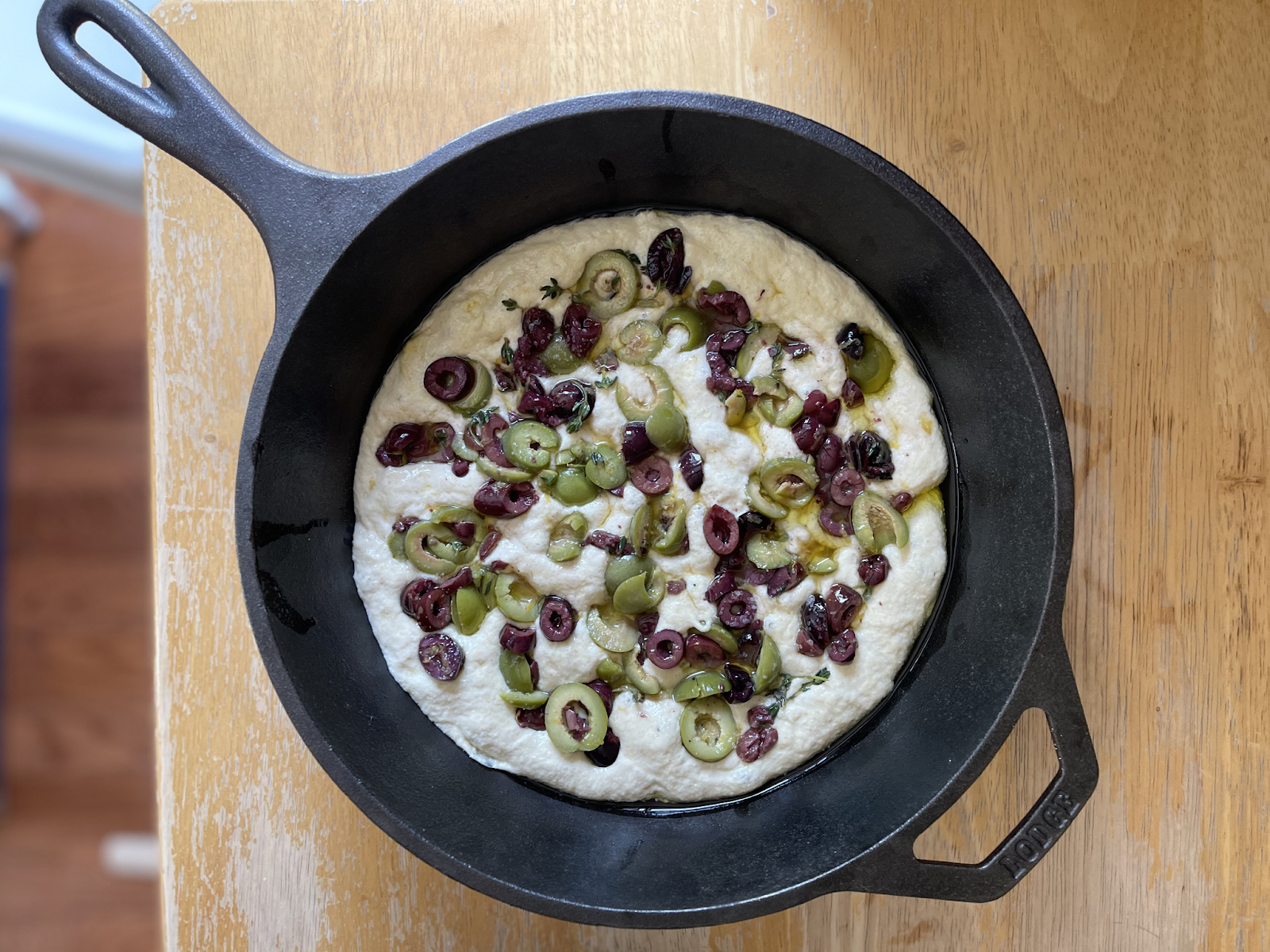
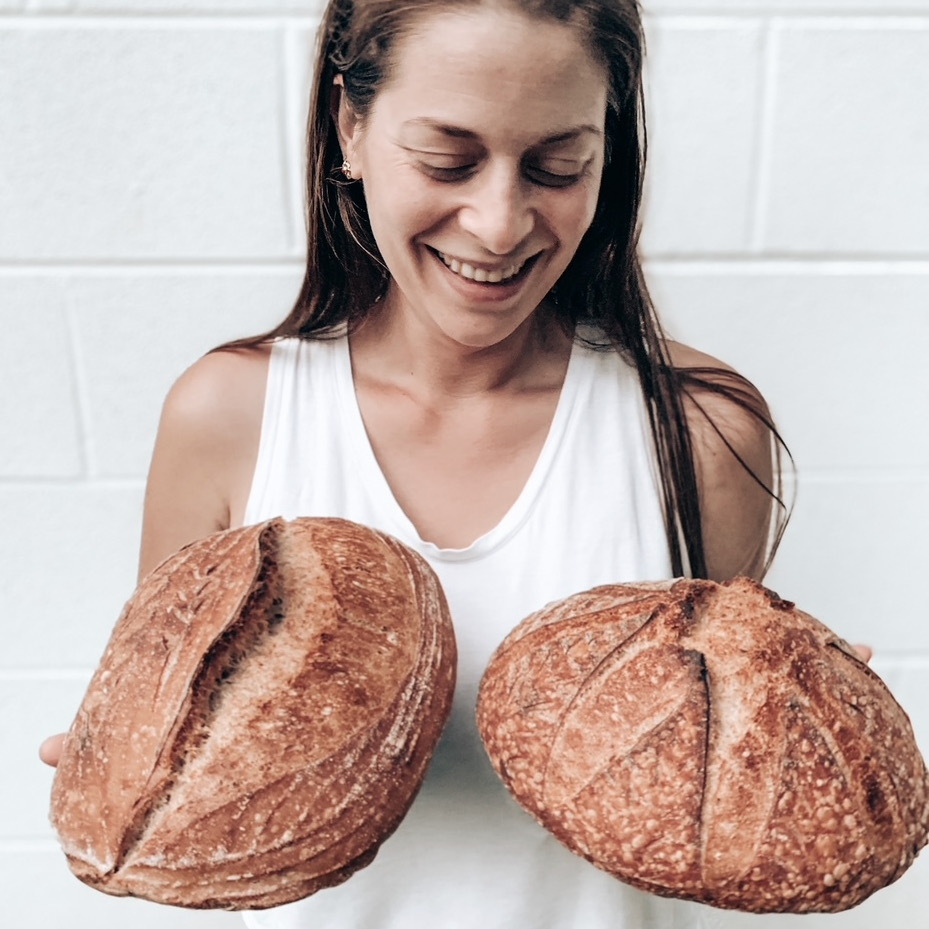
Alex Martinson is a Midwestern, Italian-American carb-loving sourdough bread baker living in Asheville, NC. She grew up in the restaurant business surrounded by her large Italian family and lots and lots of bread and pasta. She lives with her husband and 2-year-old daughter and works around her daughter’s sleep schedule to bake bread for her neighbors and friends. Check out what she’s currently baking at @breadafterbed
Post a Comment
You must be logged in to post a comment.


